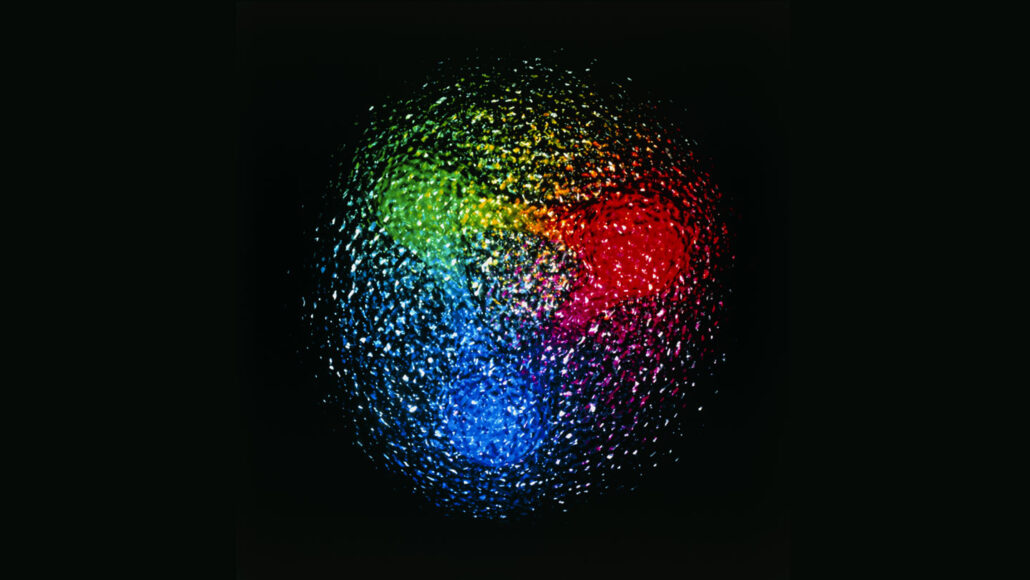A way to snap molecules together like Lego wins 2022 chemistry Nobel
Three chemists are pioneers of 'click chemistry' and 'bioorthogonal chemistry' A toolkit for snapping together molecules like Lego building blocks has won the 2022 Nobel Prize in chemistry. Chemists Carolyn Bertozzi of Stanford University, Morten Meldal of the University of Copenhagen and Barry Sharpless of the Scripps Research Institute in La Jolla, Calif., will evenly split the prize for developing click chemistry and bioorthogonal chemistry, the Royal Swedish Academy of Sciences announced October 5 in a news conference in Stockholm. These tools allow scientists to easily construct complex molecules in the lab and inside living organisms. “The good thing with this discovery is that it can be used for almost everything,” said Olof Ramström, a chemist at the University of Massachusetts Lowell and a member of the Nobel committee for chemistry. Applications include building drug molecules, polymers, new materials and tracking biomolecules among cells. “We’re kind of at...




